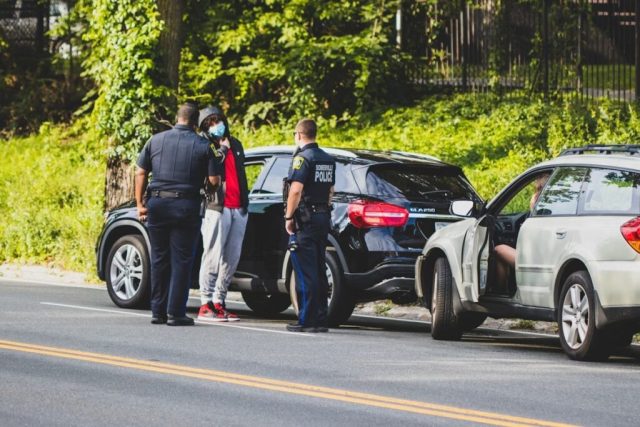The Most Important First Steps Post-Accident
This article may contain affiliate links.
Car accidents often occur in an instant. They leave the involved people shaken, confused and unsure of what steps to take next. Amid the chaos, documenting evidence may not be a priority, but it should be. The evidence you collect at the scene and afterward plays a decisive role in protecting your rights.
Whether you are filing an insurance claim, pursuing compensation or defending yourself against false accusations, your account of events may carry little weight against conflicting statements or incomplete records, so solid proof is necessary. Keep reading to learn more about its importance, what to document and common mistakes to avoid.
Why Evidence Matters
When a crash occurs, fault, liability and compensation questions quickly arise. Insurance companies, law enforcement and, in some cases, courts, all rely on concrete proof to determine outcomes. Verbal accounts alone are rarely sufficient. Documentation provides clarity, reduces the chance of disputes and ensures a fairer process for all parties involved. For accident victims, proper evidence can:
Strengthen an insurance claim and increase the likelihood of receiving full coverage
Demonstrate liability clearly, avoiding drawn-out disputes
Protect against false claims or exaggerated damages from the other driver
Support medical and legal claims for injuries sustained
Comprehensive documentation can shorten the time needed to process claims. In addition, it will strengthen your case in court and safeguard you from financial or legal setbacks. Hiring a car accident lawyer can be invaluable, as they know how to use this evidence to build a strong case and protect your rights against insurance companies or opposing parties.
An experienced car accident attorney law firm, like the Blakeley Law Firm, P.A., can guide you through the use of evidence of property damage, medical bills or liability issues. Their approach is to ensure authorities don’t overlook your rights.
Types of Evidence to Collect
Several forms of evidence can help establish what truly happened:
Photographs and videos: Visual records are some of the most powerful forms of proof. Take pictures of vehicle damage, license plates, skid marks, debris, traffic signs, road conditions and weather. Multiple angles and wide shots can provide context. Videos can capture the scene more completely and may reveal details missed in still images.
Witness information: Eyewitnesses provide an unbiased perspective that can confirm your account. If possible, collect names, phone numbers and short statements before they leave the scene.
Driver and vehicle details: Exchange information with the other driver, including driver’s license, vehicle registration and insurance details. Do not rely solely on verbal promises or partial information.
Police report: An official accident report prepared by law enforcement often carries significant weight. It includes observations, diagrams and statements that can support your version of events.
Medical records: Seek medical evaluation promptly, even if the injuries seem small. Records of your condition immediately after the crash, and any follow-up treatment, are essential for linking injuries directly to the accident.
Best Practices for Documentation
There are certain things to keep in mind when collecting evidence. You must use your phone’s camera immediately after the accident, before moving the vehicles. Write down your memory of the events as soon as possible, while details are fresh. Stay factual, and avoid guessing or admitting fault at the scene. Keep copies of all evidence (digital and physical) stored securely.
There are certain mistakes you must avoid. Don’t delay medical evaluation. Insurance adjusters may argue that injuries aren’t accident-related. Don’t rely on the other driver’s word. Always collect your own documentation. Additionally, don’t skip witness accounts. People leave rather quickly, so gather contact details on the spot.
Endnote
After a stressful car accident, documenting things might not be the first thing on your mind, but it should be. It will act as your safeguard, protecting your rights and ensuring the authorities hear your story. By taking a few deliberate steps, you can secure the proof you need to navigate the legal and insurance processes with confidence.
The post The Role of Evidence in Protecting Your Rights After a Crash first appeared on Clean Fleet Report.







